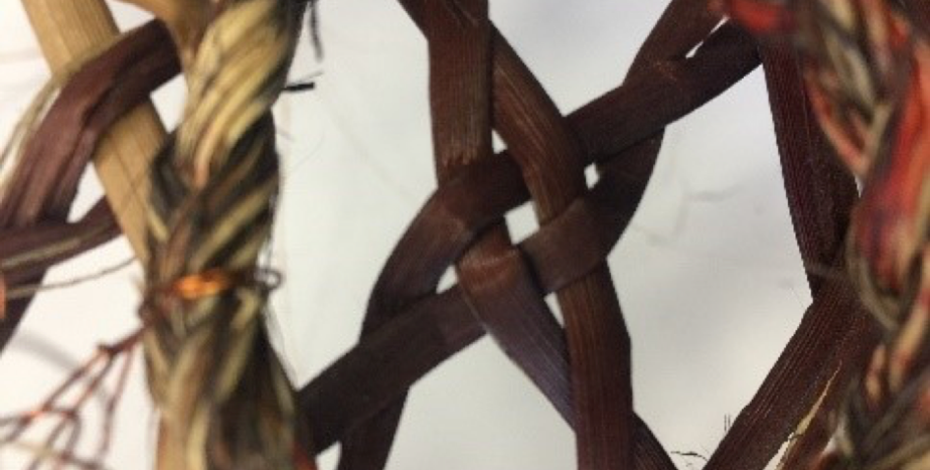MANA TAIOHI
How we developed Mana Taiohi
These Youth Development Principles of Aotearoa inform the wider ecosystem that supports young people in Aotearoa to thrive. They are the result of a review of the principles of youth development previously expressed in the Youth Development Strategy of Aotearoa (2002).

